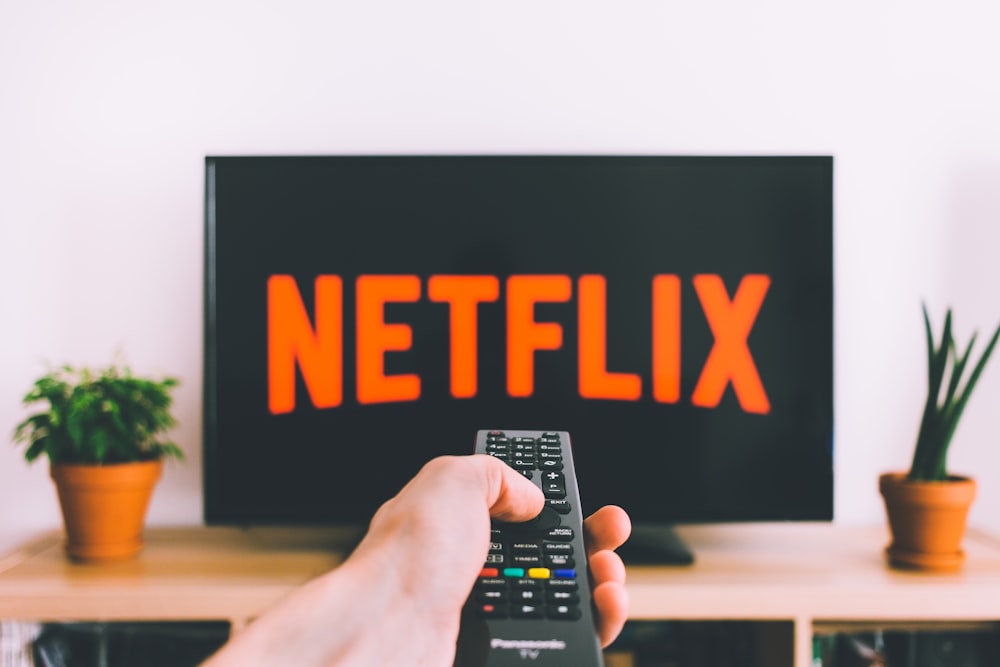When it comes to music copyright laws, lots of artists still struggle to understand how they can secure payments for their hard work. With copyrights, a song can generate revenue through sync licensing, print licensing, performing rights or mechanical rights. There a couple of different types of rights in the music industry: from composition to performance and even the production aspects of making music. The share of the profits depends upon the deal stroke between the professionals involved in that track. Keep reading to know more about copyright laws and learn how to safely license your music to audiovisual media.
Undestanding about copyrights
Before heading into sync licensing, we should take a moment to further understand how to copyright music in the US. According to the Copyright Act of 1976, each songwriting process generates copyrights automatically. Even with the regulations created through the Act, artists can still register their new music with the U.S. Copyright Office. This step advisable yet completely optional. There a couple of different rights attached to a musical track: mechanical rights, performing rights, sync and print. The first two are the most common ones so let’s focus on that for now. Mechanical royalties are generated whenever a physical or digital copy of that song is made. Songwriters get 100% of that money but will redistribute according to what was agreed by everyone. The profits here are collected though Mechanical Rights Organizations (MRO). Performance royalties, on the other hand, are collected through Performing Rights Organizations (PROs). Usually, 50% of the revenue generated here is directed to the composer and the other 50% goes to the publisher. When it comes to independent artists, they are often their own publisher. In order to help with copyright protection, PROs will rely on the ISRC code (International Standard Recording Code). The system exists to help ID each track so it’s easier to process their licensing rights.What is sync licensing?
Synchronization rights — or just sync rights, for short — come into play whenever a production company adds music to their video. Here we can consider all types of movies, TV shows, advertisements, video games and even music videos. So, whenever we talk about sync licensing, we’re talking about the process of issuing a permit to allow the usage of a a track in those scenarios. It’s important to be clear that this is the only legal way to have the rights to associate a song with a video project. Be careful not to mix up sync licenses with public performance licenses. Even though those two types occur when a song is on a video, they are not the same. The first one only covers the performance aspect without visual elements, while the latter one also includes the possibility to sync that music with images.How sync licensing protects your music on audiovisual media
 Before licensing your music for synchronization, you should know that there are two different permits to put a song on audiovisual media. Masters license allows the use of the original recording, while sync license composition allows the use of the melody and lyrics.
Both those rights belong to the publisher, so, they’re the part that production companies will contact for licensing deals.
Before licensing your music for synchronization, you should know that there are two different permits to put a song on audiovisual media. Masters license allows the use of the original recording, while sync license composition allows the use of the melody and lyrics.
Both those rights belong to the publisher, so, they’re the part that production companies will contact for licensing deals.

